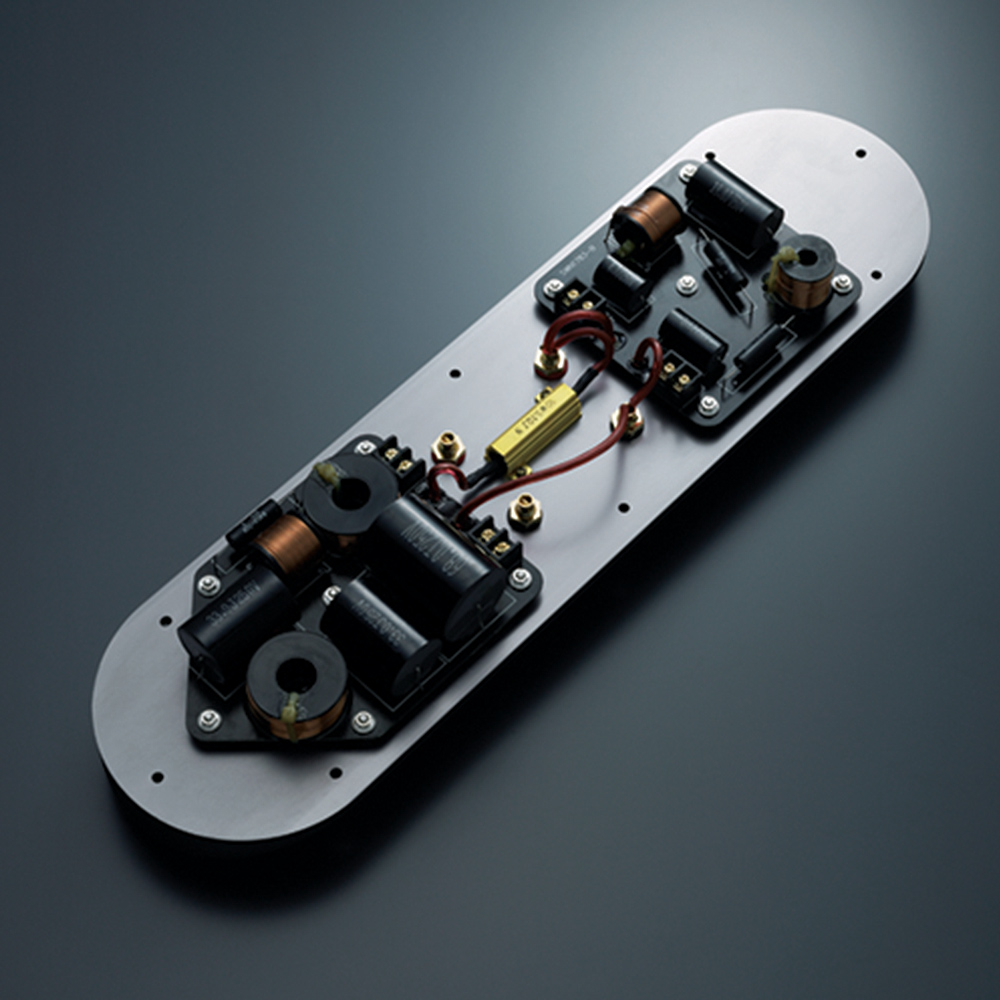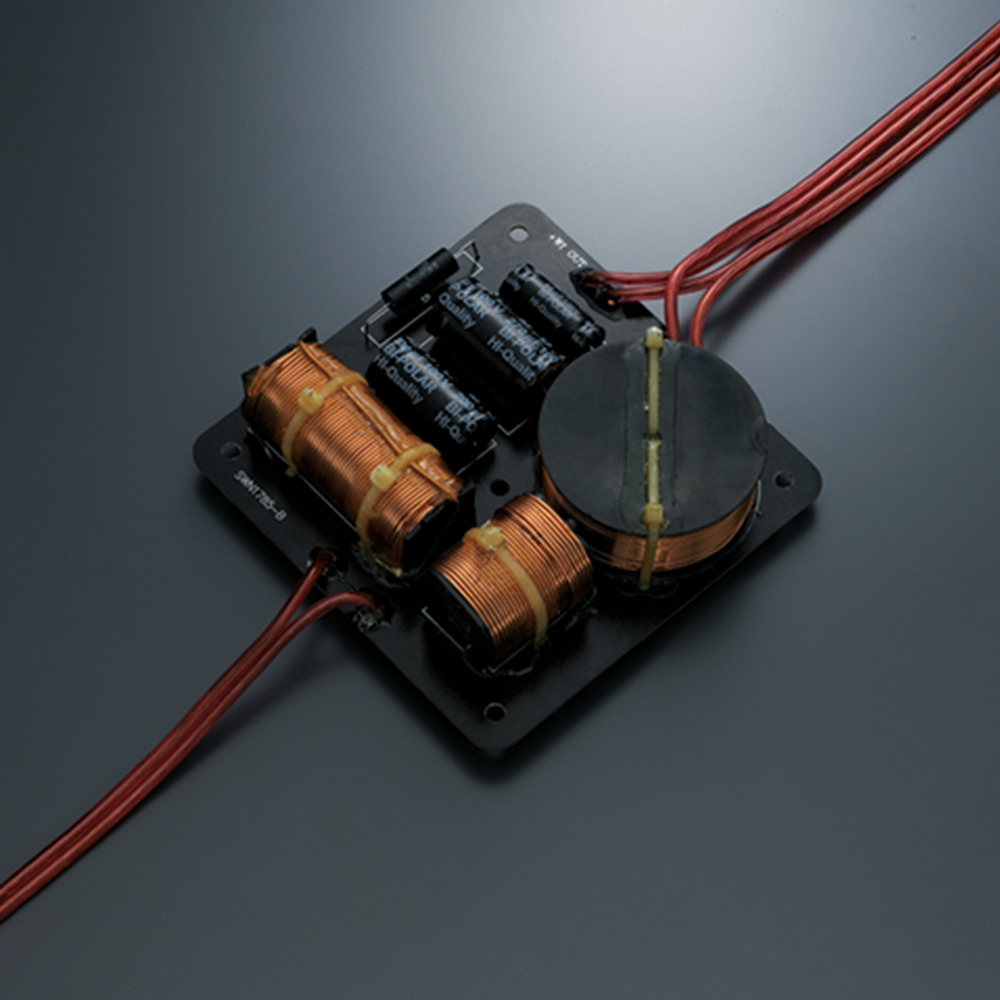Its not BS, its an observation based on your generalisations, of which you have made a few now;
Class d all have timbre problems
Class D cant do bass
Full Active fails the "natural test" whatever that is
Many cant hear glare and timbre problems
These are the sort of comments I would expect to find in an audiophile forum, not one that looks more towards science rather than personal unsubstantiated opinion.
Class d all have timbre problems
Class D cant do bass
Full Active fails the "natural test" whatever that is
Many cant hear glare and timbre problems
These are the sort of comments I would expect to find in an audiophile forum, not one that looks more towards science rather than personal unsubstantiated opinion.

